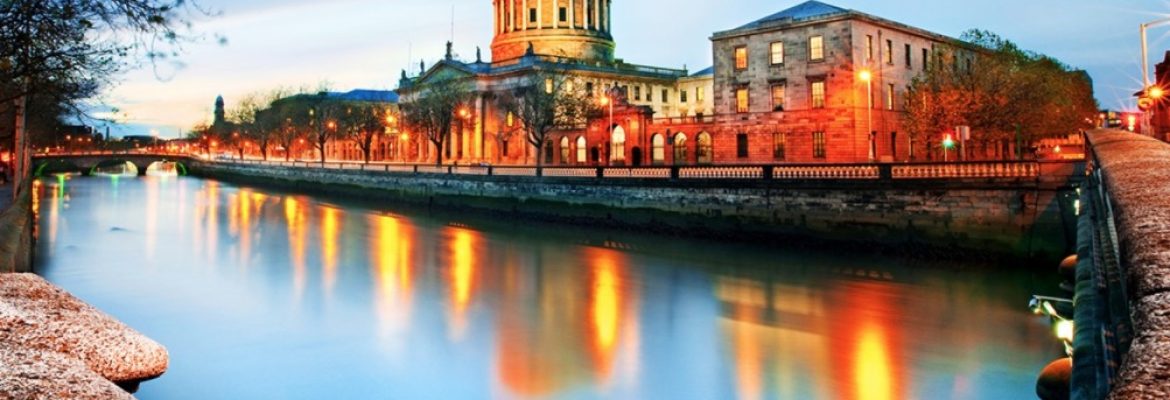Dublin, Ireland
Definition of a great city: a place that makes virtue out of vice and knows exactly where to find fun. Welcome to Dublin, contender for greatest city in Europe. At first glance, it’s kind of difficult to see why. Dublin isn’t as sexy or as sultry as other European capitals, the architecture is a bit of a jumble and it seems everyone has something to complain about. Dubs can be brutally unsentimental about their city, but their warts-and-all attachment is born out of a genuine love of a place that oozes personality, a city whose soul and sociability makes it the most charismatic of capitals.
Sure, the almost mythical economic growth of the last 15 years and the explosion of multiculturalism, which has seen people settle in the city from fields as far flung as Nairobi and Nagoya, have given the city a cosmopolitan strut and swagger it never had before – not to mention a whole new world of distractions and delights to rival those of any other city of comparable size. But Dublin’s greatest draw remains Dubliners themselves, both native-born and blown in.
You should visit the excellent museums, amble through the landscaped parks and engage with Dublin’s myriad cultural offerings, but make enough time for socialising, the beating heart that makes this city thrive. Garrulous, amiable and witty, Dubliners at their ease are the greatest hosts of all, providing a life-affirming experience that will restore your faith in human nature. How many other places can you say that about?
Dublin, capital of the Republic of Ireland, is on Ireland’s east coast at the mouth of the River Liffey. Its historic buildings include Dublin Castle, dating to the 13th century, and imposing St Patrick’s Cathedral, founded in 1191. City parks include landscaped St Stephen’s Green and huge Phoenix Park, containing Dublin Zoo. The National Museum of Ireland explores Irish heritage and culture.


